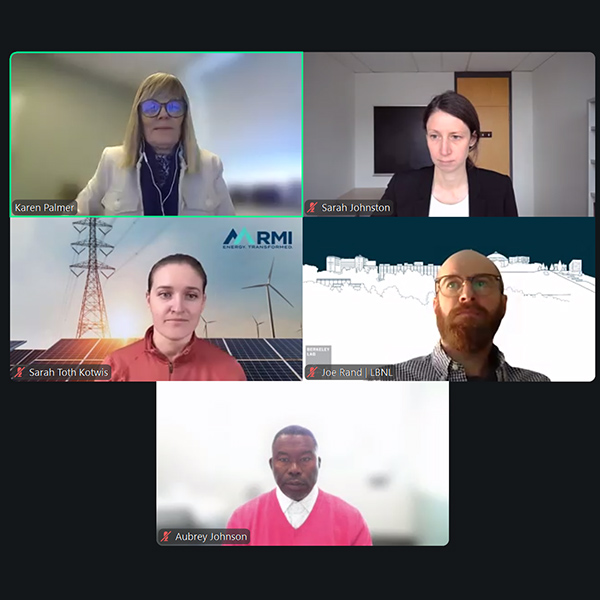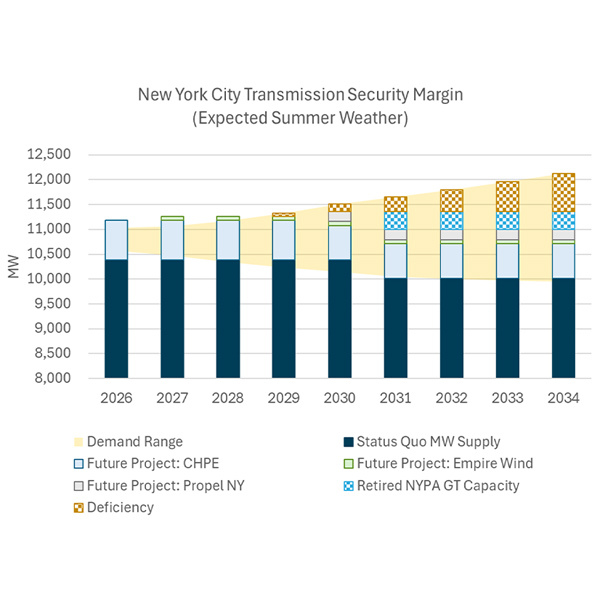Resource Adequacy
Resource adequacy is the ability of electric grid operators to supply enough electricity at the right locations, using current capacity and reserves, to meet demand. It is expressed as the probability of an outage due to insufficient capacity.
MISO said even a 109-GW peak this winter shouldn’t prove problematic, though a more probable scenario would deliver a 103-GW peak in January.
Calpine, Eugene Water & Electric Board, PGE and PNM joined NV Energy in leaving the Western Resource Adequacy Program, while Idaho Power signaled its continued commitment.
Holistic reform to interconnection barriers is essential to meeting rapidly growing power demand across the country, experts said at a recent webinar.
Panelists at S&P Global’s Nodal Trader Conference discussed the impact of demand growth and uncertain load forecasts on markets.
FERC rejected Tri-State Generation and Transmission’s proposed tariff to designed to manage the projected massive growth in data center load confronting its Mountain West member utilities over the next decade.
ERCOT can ensure long-term reliability with its energy-only market, but it must operate its grid less conservatively for that to happen, said Potomac Economics President David Patton.
All seven clean energy technologies evaluated for a new report might someday help New York reach its decarbonization goals, but each would require innovation and support to reach that potential.
ISO NE CEO Gordon van Welie talked about the evolving grid in New England and how markets are changing and what the future holds as state policies drive higher demand and increasing decarbonization.
Each of President Donald Trump’s nominees to the Tennessee Valley Authority’s board of directors said they did not support the privatization of the utility or selling its assets, as feared by some environmentalists.
NYISO stakeholders debated the validity of the ISO's recent finding of a reliability need in New York City by summer 2026.
Want more? Advanced Search










